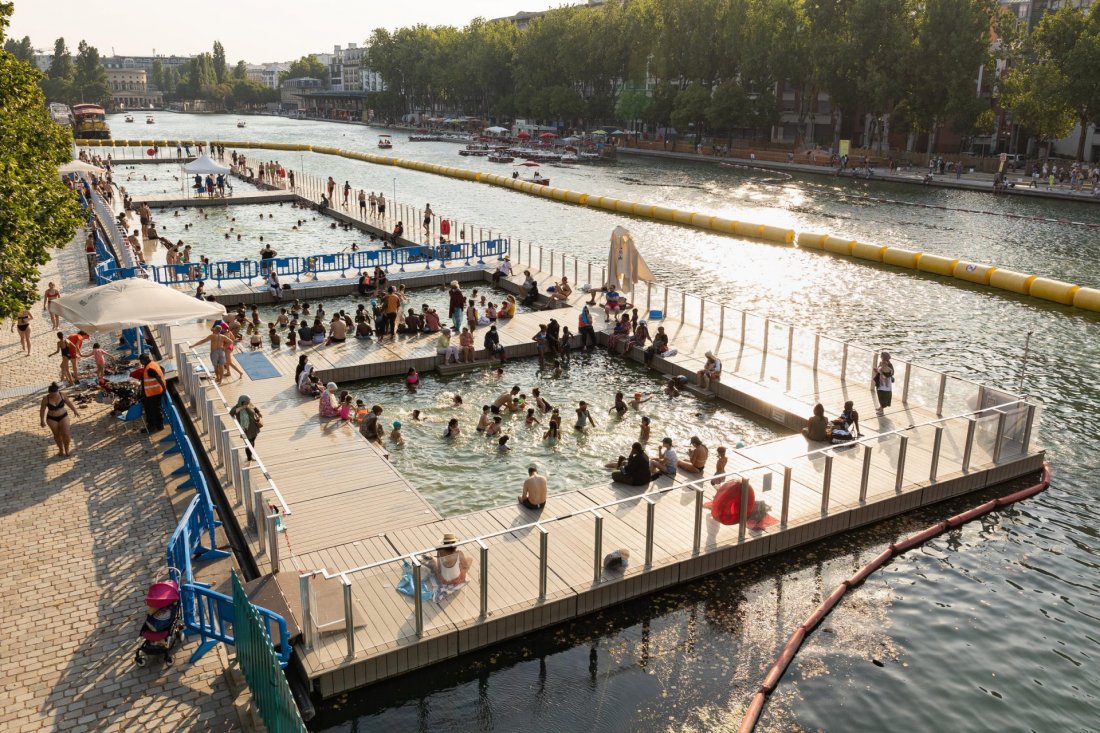New wooden Danube swimming pools may come: work starts in 2025

In the 19th century, there were several open-air, “floating” wooden swimming pools on the River Danube, even in its downtown section, between the Hungarian Parliament and the Elizabeth Bridge.
Wooden Danube swimming pools in the 2020s?
Dávid Vitézy, a member of the Budapest Municipal Assembly and former mayoral candidate supported by PM Orbán’s Fidesz, would like to reintroduce that special kind of swimming pool to the locals and tourists in Budapest. An NGO, Valyo, measured water quality in 2024 and found that – except for periods of heavy rains and floods – the water quality of the Danube is acceptable for swimming and bathing. A good example is the Római Beach, which is free and accessible to many during the hottest days of the summer.

Vitézy’s proposal to prepare the building and creation of the first Danube wooden swimming pool downtown was accepted by the Municipal Assembly on 18 December.
The politician promised to start the preparatory work in January 2025 by carefully measuring the venue options, water quality results and possible operation.

The cradle of the Hungarian swimming sport
“At the beginning of the twentieth century, there were nine such wooden swimming pools in Budapest”, Valyo wrote on their official website. The pools hovered on rafts floating on the water. They had railed sidewalks, cabins, and a rectangular pool, where safety slats protected the bathers from the constant drift of the river water.

Such pools operated only seasonally, from 1 May until September. In the autumn-winter period, they were dismantled or towed to the shore and stored in warehouses to be rebuilt in early spring.
The last functioning Danube Bath welcomed guests in front of the Hungarian Parliament even in the summer of 1944. During the siege (December 1944-February 1945), it was destroyed like the city surrounding it. The Communist leadership did not reestablish them because of the high pollution level of the Danube water caused by the factories upstream, the lack of wood and the risk of infection.

“We would like such water structures to be rebuilt in Budapest to bring people closer to the river, while also catalysing the view of the Danube as a pure natural asset”, Valyo concludes. It seems the Budapest Municipal Assembly took the first steps in the right direction.
Read also:
- Baths in Budapest: A journey through lesser-known histories
- Danube beaches could be opened at any time to replace docked boats – So why aren’t they?





